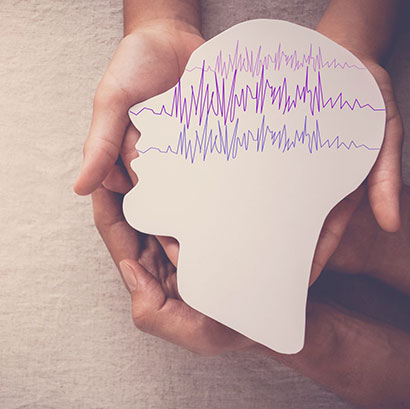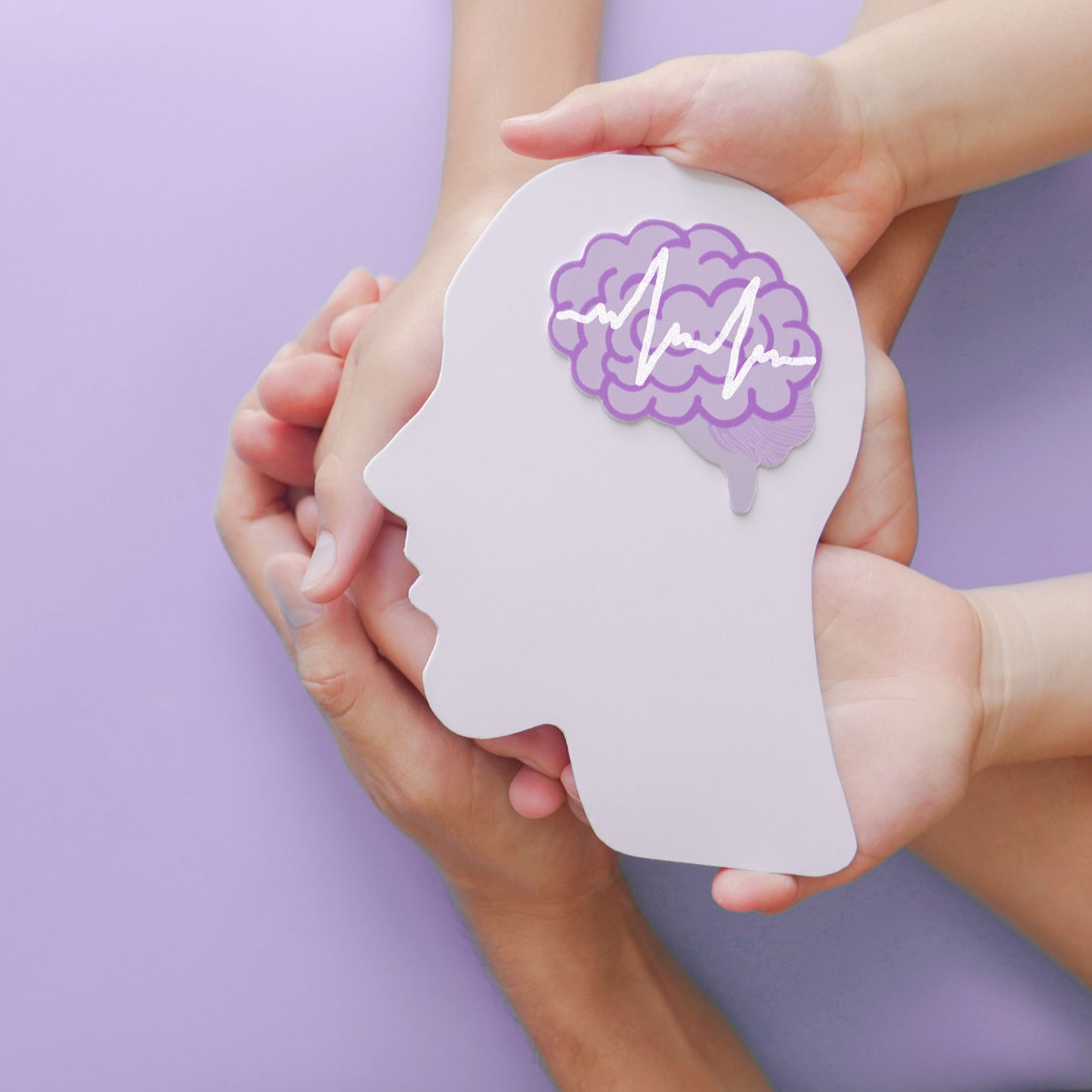From Shock to Solution: Expert Advice on Seizure Causes & What to Do

December 11, 2023
Picture this: You're out to lunch with friends when someone suddenly falls to the ground, experiencing a seizure. It's a shocking sight, and you’re unsure what to do.
What caused that seizure, and what can you do to help?
Epilepsy neurology expert Rahul Guha, M.D., explains why seizures happen, the different types, and what you can do if you find yourself in a situation where someone is having a seizure.
What Causes Seizures?
Seizures occur when there is abnormal electrical activity in the brain, acting as the brain's response to illness or injury. Think of a seizure as a sign that something in the brain isn’t right.
"Low blood sugar, brain infections, and traumatic brain injuries can all trigger seizures,” says Dr. Guha. “But also keep in mind that epilepsy, which is a condition where a person is at risk of having unprovoked seizures, affects 1 in 26 adults during their lifetime."
The U.S. Centers for Disease Control notes that there are about 3.4 million people with epilepsy nationwide.
Another common type of provoked seizure is caused by specific triggers like fevers in children. These are known as febrile seizures, and they affect around 2% to 5% of children.
"Febrile seizures, occurring between 1 month to 3 years, are usually short-lived and don't necessarily lead to epilepsy,” Dr. Guha emphasizes. “But like other types of seizures, they can be a manifestation that the brain is unwell."
Understanding the causes of the seizures is crucial, especially for children.
- Some children can go on to develop seizures outside of fevers, and this is when health care providers start considering other factors.
- Family history plays a role, as conditions that cause seizures tend to run in families.
Decoding Seizure Types
Understanding the types of seizure types is complex because it depends on where in the brain the seizure is happening. The area of the brain affected by the seizure dictates what signs and symptoms a person experiences. If the seizure affects the entire brain, the person’s whole body is affected.
Seizure types are usually divided into two categories: focal (partial) seizures and generalized seizures.
Focal (partial) seizures include:
- Simple focal seizures involve one part of the brain, and the person remains conscious. Symptoms vary based on the affected area.
- Complex focal seizures also start in one part of the brain but may alter consciousness or awareness. A person may display unusual, repetitive behaviors during these seizures.
Generalized seizures include:
- Absence seizures cause brief lapses in consciousness where the person seems to stare into space. They are more common in children.
- Tonic-clonic seizures involve the entire brain. The person may lose consciousness and experience muscle stiffness (tonic phase), followed by rhythmic jerking of the limbs (clonic phase).
- Atonic seizures are also known as drop seizures, and they cause a sudden loss of muscle strength, leading to a person collapsing.
"A small focal part of the brain will show symptoms related to that specific area, while a seizure involving the entire brain leads to unresponsiveness, stiffening, shaking, and other generalized effects,” says Dr. Guha.
People with epilepsy usually have a specific type of seizure that remains consistent. It often occurs in the same part of the brain, causes the same symptoms, and is triggered by stereotypical characteristics like emotional stress or sleep deprivation.
What to Do When Someone Has a Seizure
Imagine witnessing someone having a seizure. What should you do? First, remain calm. Next, Dr. Guha recommends following these practical steps:
- Ensure safety: If the person is standing, guide them to the ground to prevent injury.
- Positioning: Turn them on their left side to aid breathing and prevent choking.
- Clear airways: Remove any objects from their mouth to prevent choking.
- Call 911. Once they are safe, call for an ambulance.
- Time the seizure: Keep track how long the seizure lasts.
- Observe and report: Note any specific movements or unusual behavior during the seizure.
Dr. Guha also emphasizes the importance of understanding the person's medical history.
- For those with known diagnoses or epilepsy, certain situations require immediate medical attention, such as head injuries or a deviation from their typical seizure pattern.
- Those with diagnosed epilepsy may also have access to a seizure rescue medication.
"The sooner you treat a seizure, the easier it is to manage," says Dr. Guha. "Think of it as a crucial first aid step that can make a significant difference."
Understanding what causes seizures and how to respond isn’t just about immediate safety. While seizures affect the brain during an episode, they can also lead to memory changes, mood disorders, and an increased risk of death, especially with repeated seizures.
Everyone should know what to do if a person near them starts having a seizure. In this type of intense situation, your knowledge and quick response can save a life.
"It's a stressful situation, but it's crucial to keep calm," says Dr. Guha. "Remember that people are more likely to die from what they're doing during a seizure than the seizure itself. Keep yourself and the person safe — it's vital to ensure a secure environment."
Next Steps & Resources
- Meet our source: Rahul Guha, M.D.
- To make an appointment with Dr. Guha or another physician near you, call 800-822-8905 or visit our website.
- Learn more about our epilepsy and seizure disorders services.
The material provided through HealthU is intended to be used as general information only and should not replace the advice of your physician. Always consult your physician for individual care.






